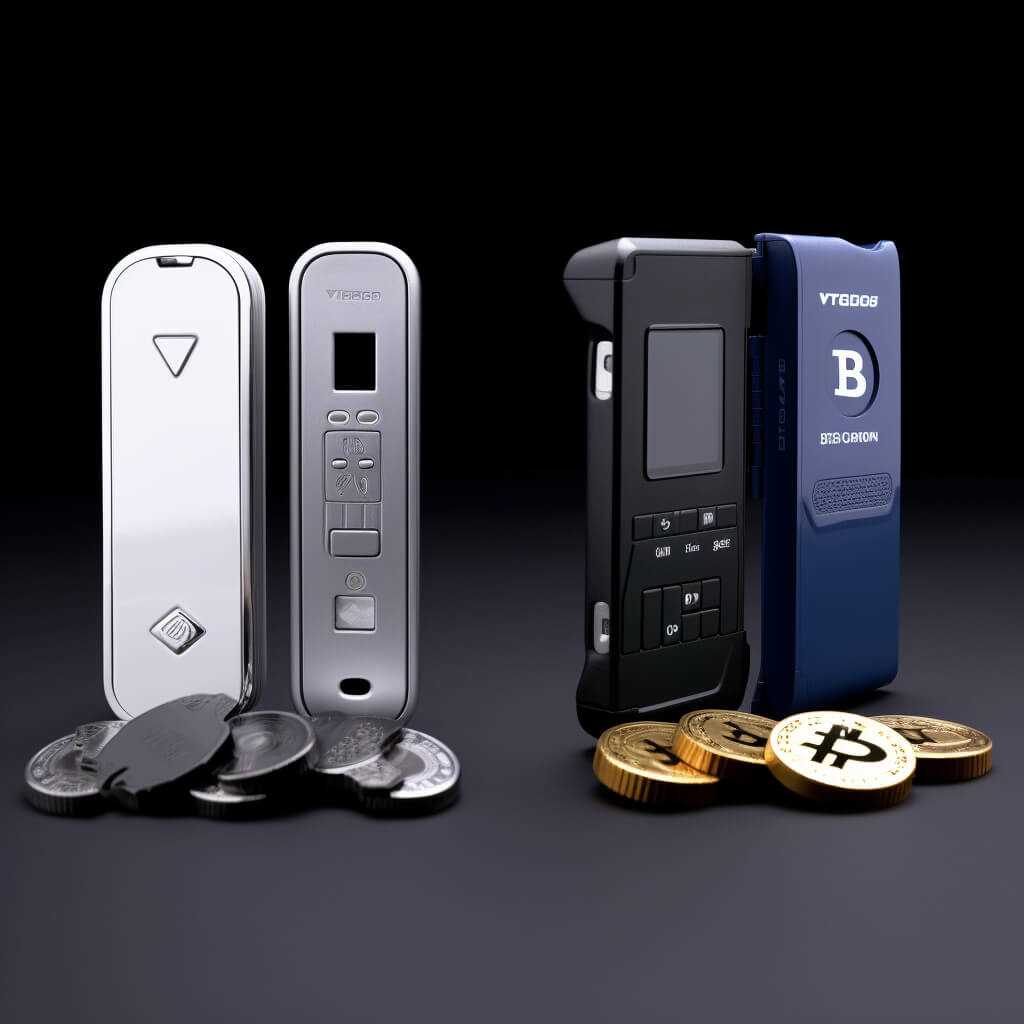Trezor is a well-known hardware wallet that provides secure storage for cryptocurrencies like Bitcoin, Ethereum, and many others. While Trezor is praised for its robust security features and user-friendly interface, it is not without its weaknesses. Understanding the vulnerabilities of Trezor is crucial for anyone looking to safeguard their digital assets effectively.
One of the main weaknesses of Trezor is its vulnerability to physical attacks. Due to the nature of hardware wallets, they are susceptible to being tampered with if they fall into the wrong hands. Attackers could potentially gain access to the device’s private keys and compromise the security of the stored funds.
Another weakness of Trezor is the possibility of supply chain attacks. Since Trezor devices are manufactured and shipped to users, there is a risk that malicious actors could tamper with the hardware or software during the production process, leading to security breaches and compromised accounts.
The Security Risks of Trezor

While Trezor is considered one of the most secure hardware wallets available, it is not without its weaknesses and security risks. Users should be aware of the following potential security risks when using a Trezor device:
| Phishing Attacks: | Users may fall victim to phishing attacks where malicious actors trick them into revealing their seed phrase or private key. |
| Physical Theft or Loss: | If a Trezor device is lost or stolen, an attacker may gain access to the funds stored on it if they are able to obtain the seed phrase. |
| Supply Chain Attacks: | There is a risk of supply chain attacks where a malicious party intercepts the device during the manufacturing process and installs malware on it. |
| Software Vulnerabilities: | Although Trezor regularly releases software updates to patch vulnerabilities, there is always a risk of undiscovered bugs that could be exploited. |
While these security risks are present, using a Trezor device according to best practices, such as keeping the seed phrase secure and verifying the authenticity of the device, can help mitigate these risks and protect your cryptocurrency assets.
Vulnerability to Phishing Attacks
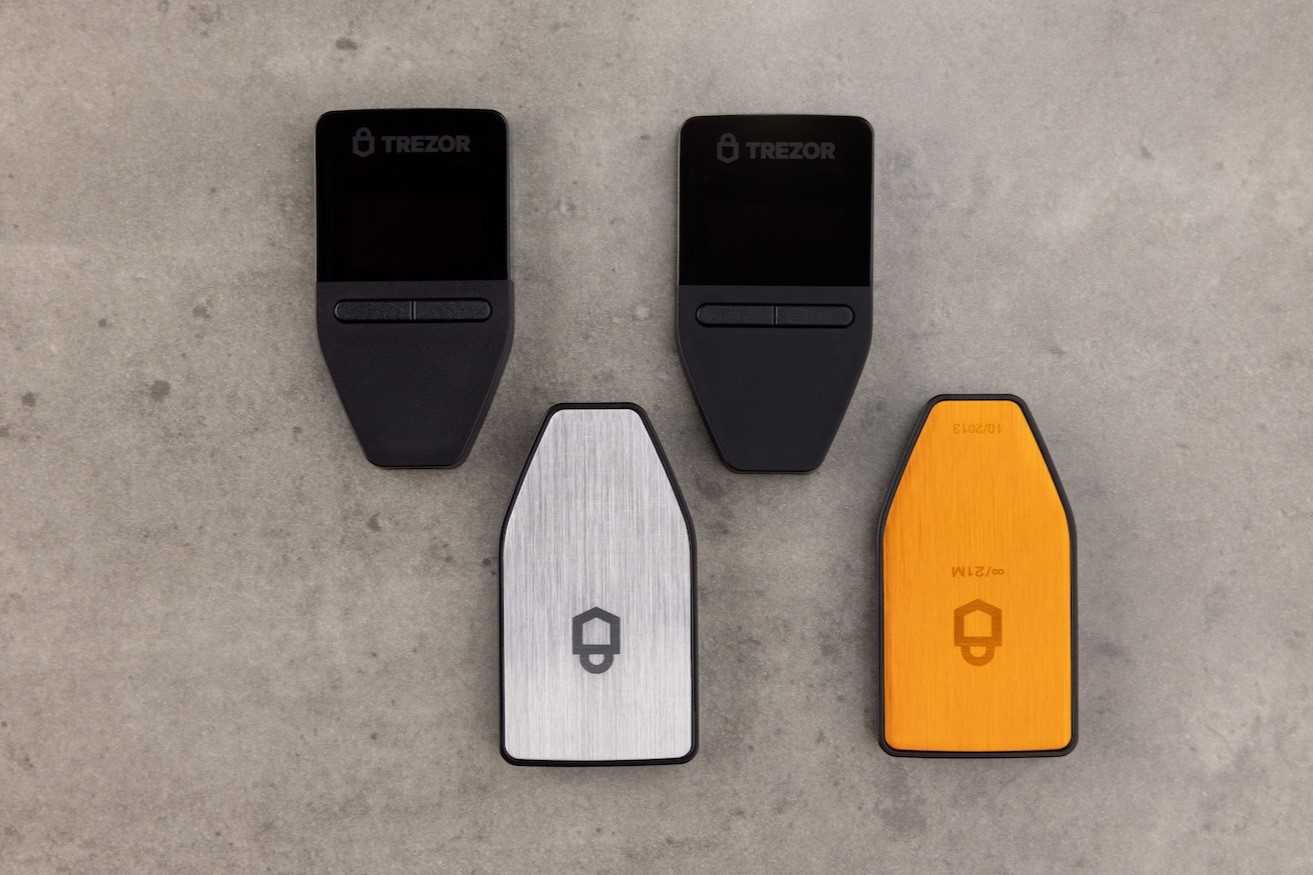
Trezor wallets are susceptible to phishing attacks, where attackers trick users into revealing their private keys or recovery seeds by impersonating official Trezor websites or customer support channels. Phishing emails, fake websites, and malicious software are common tools used by hackers to deceive users into providing sensitive information.
It is crucial for Trezor users to always verify the authenticity of websites and communications, never share their recovery seeds or private keys, and use additional security measures such as 2-factor authentication to protect their funds.
Physical Theft Risk
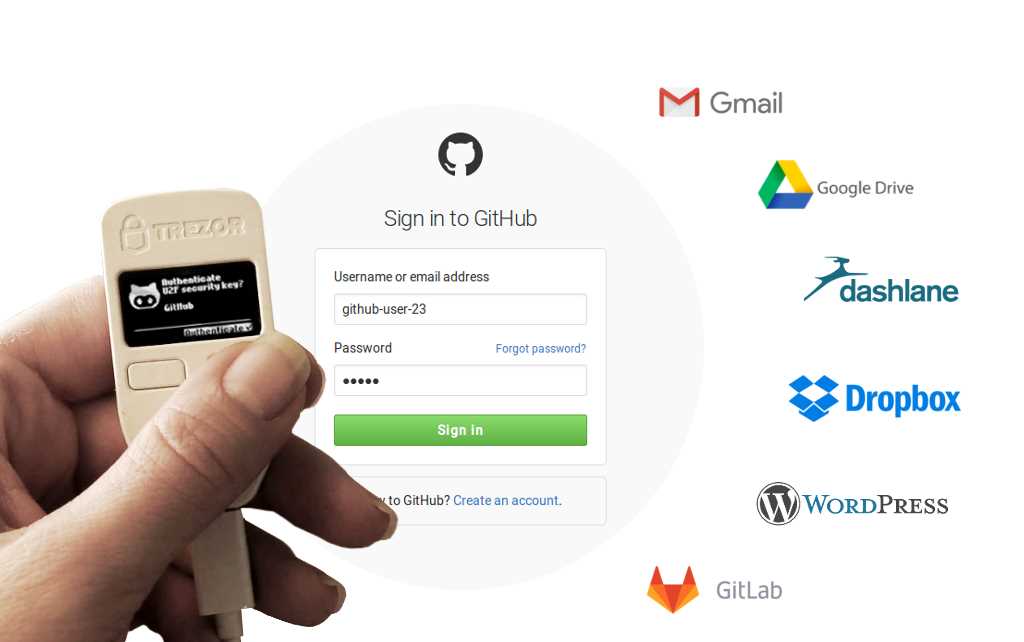
Even though Trezor is a secure hardware wallet, it is not immune to physical theft. If someone gets hold of your Trezor device, they may be able to retrieve your private keys and access your cryptocurrency funds. It is important to keep your Trezor device in a safe place and ensure that it is not easily accessible to unauthorized individuals.
Potential Hardware Vulnerabilities
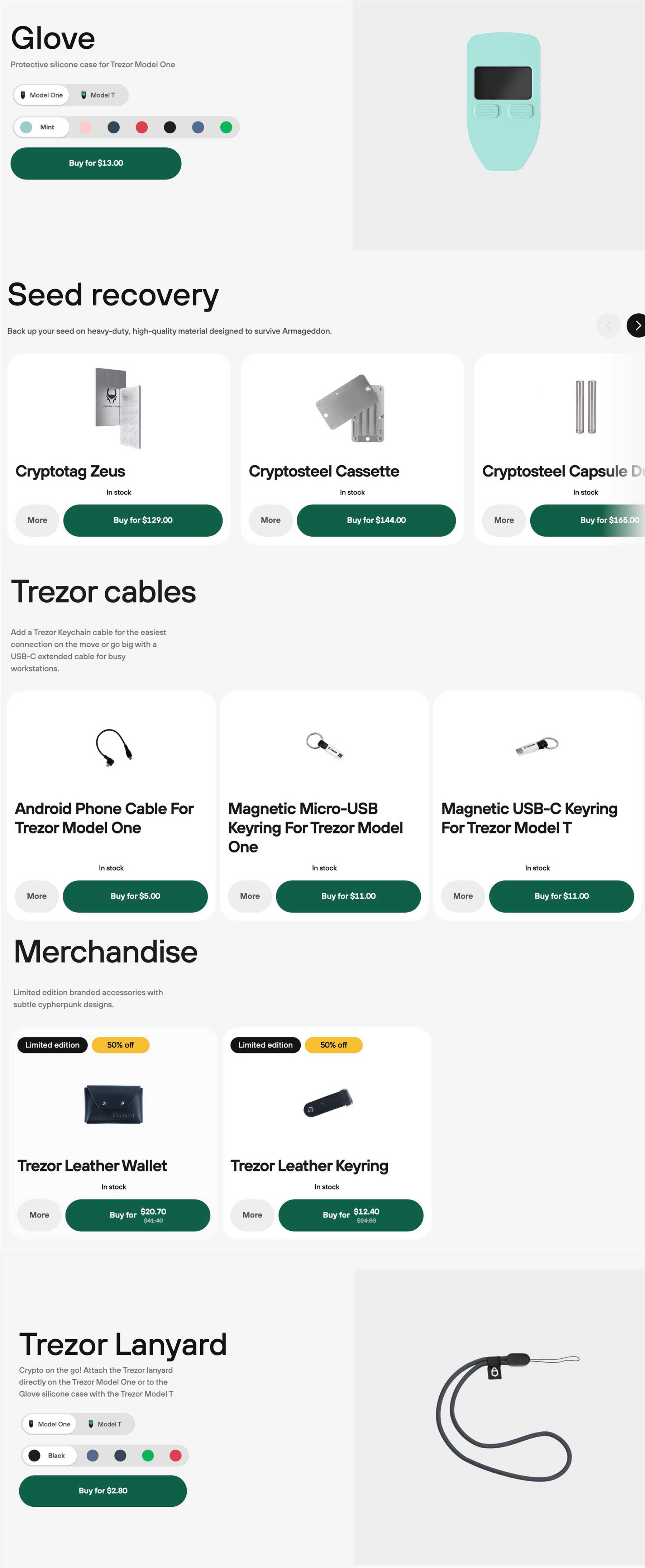
While Trezor is known for its robust security features, there are still potential hardware vulnerabilities that users should be aware of. Some of the weaknesses include:
1. Physical Tampering
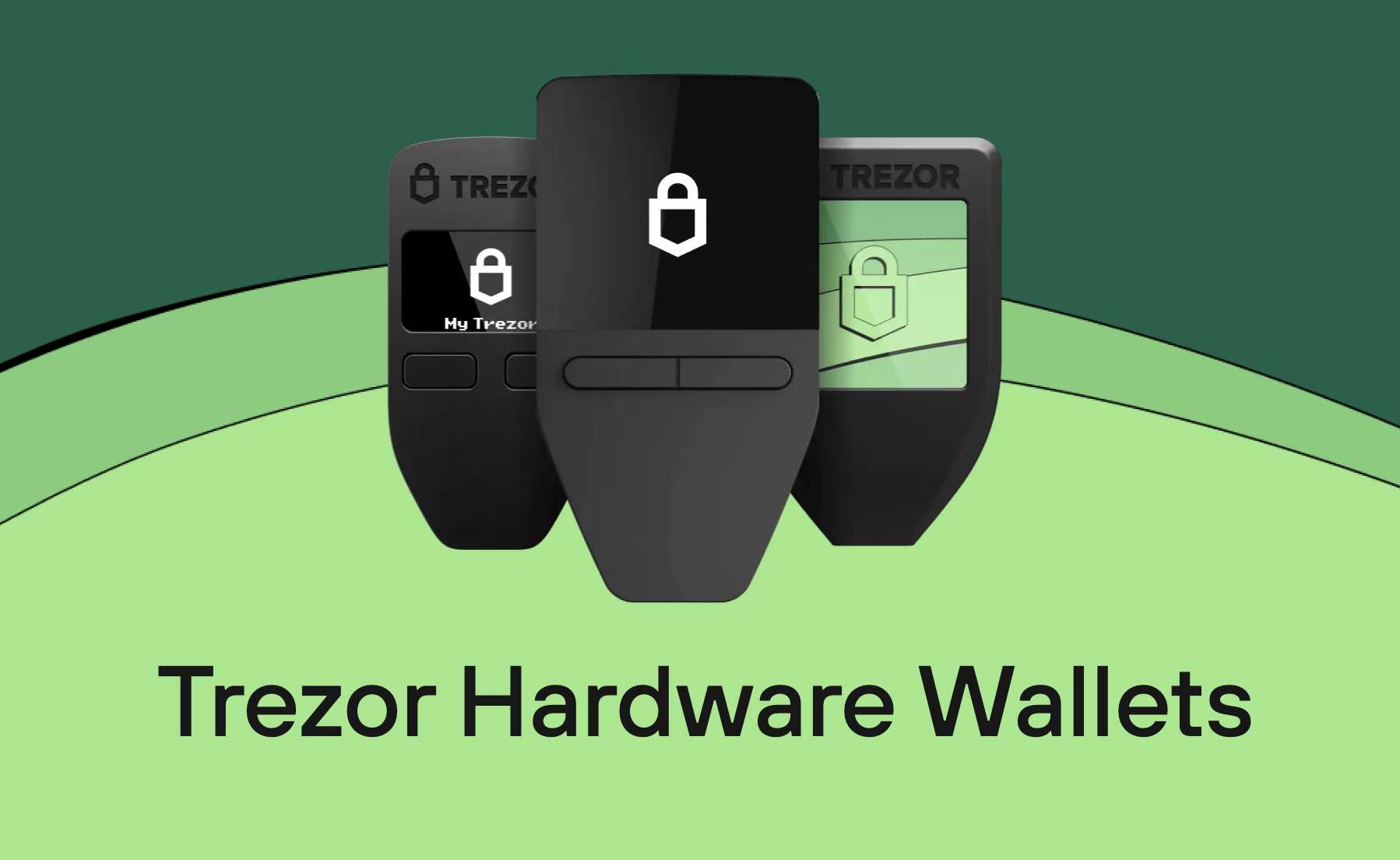
As with any hardware wallet, physical tampering is a potential vulnerability. If a hacker gains physical access to the device, they may be able to manipulate the hardware to steal the user’s private keys.
2. Supply Chain Attacks
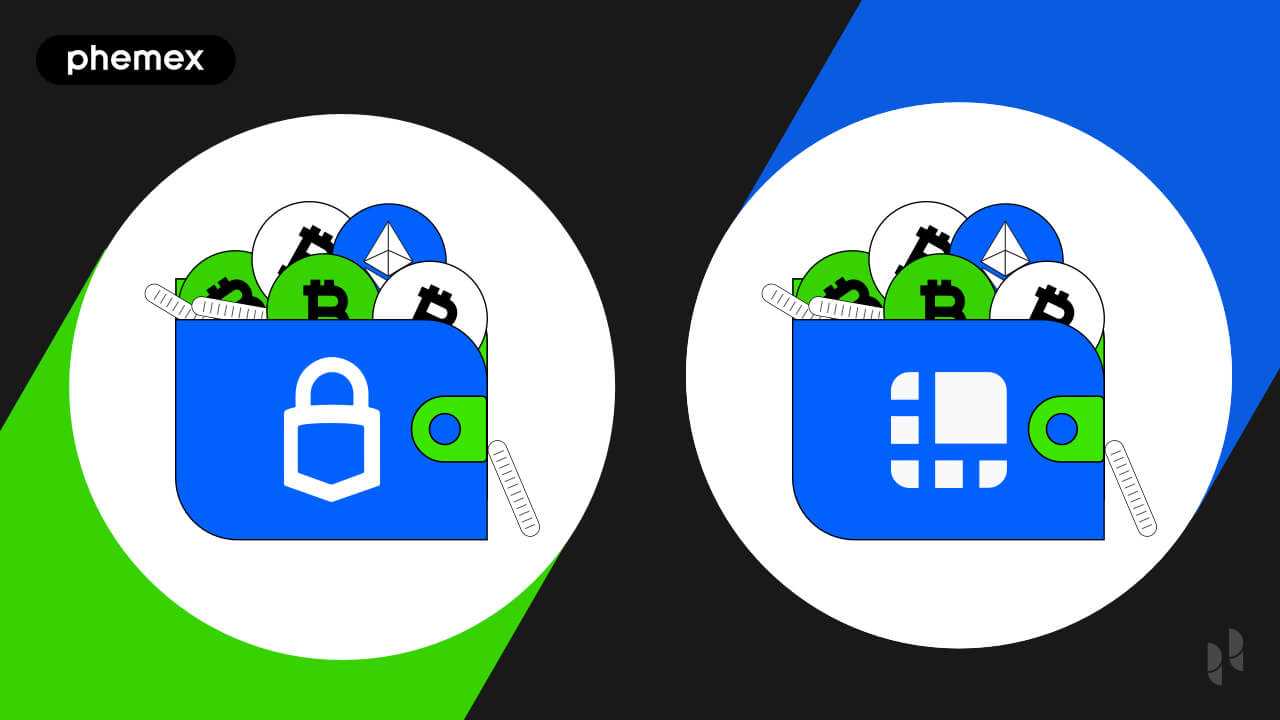
Another potential weakness is supply chain attacks, where malicious actors compromise the manufacturing process of the device to insert backdoors or other vulnerabilities. This could result in compromised security for the end user.
It is important to stay vigilant and take necessary precautions to mitigate these hardware vulnerabilities when using a Trezor wallet.
Lack of Two-Factor Authentication
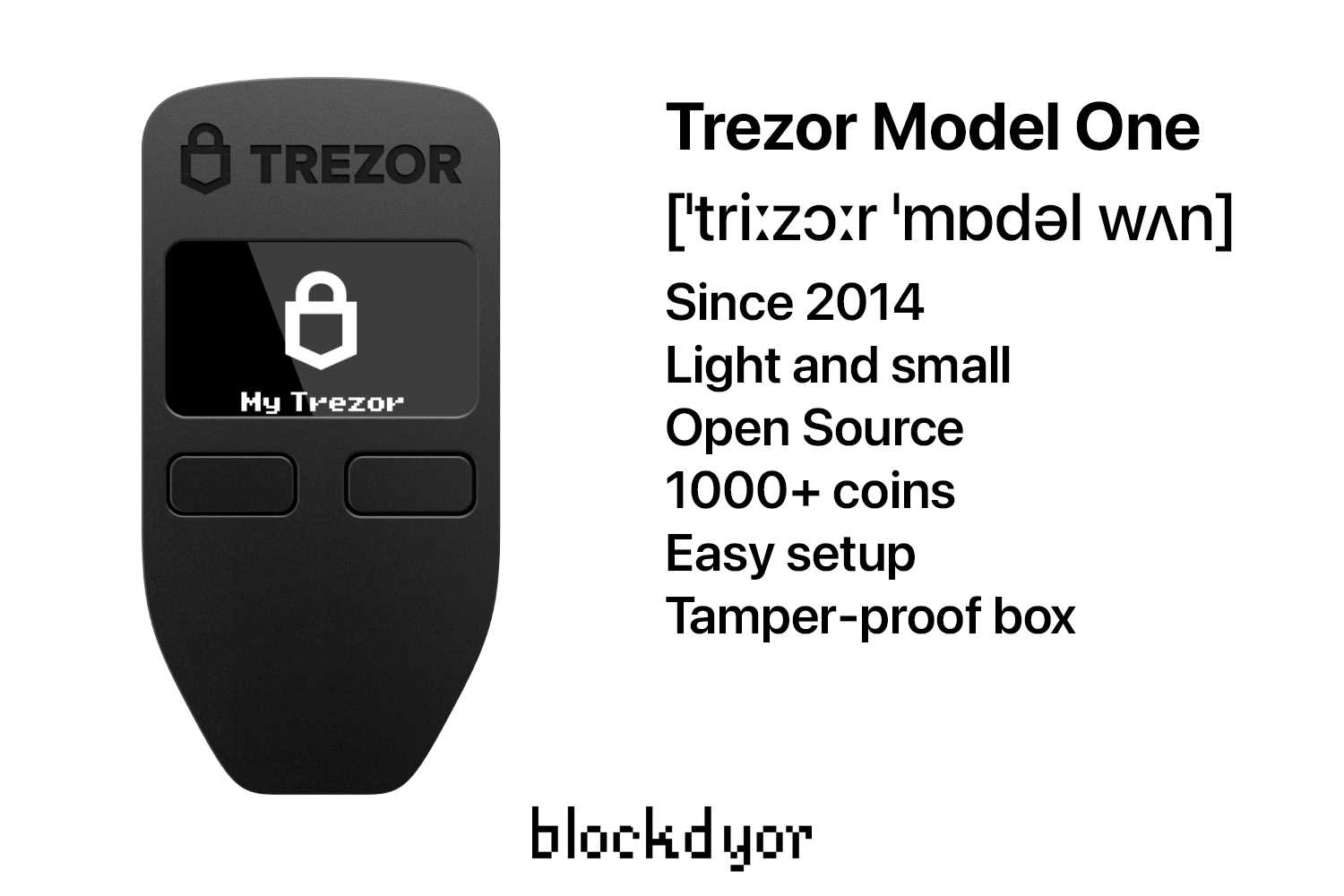
One of the weaknesses of Trezor is the lack of two-factor authentication (2FA) support. Two-factor authentication adds an extra layer of security by requiring users to provide two forms of verification before accessing their accounts. This typically involves something the user knows (like a password) and something they have (like a smartphone or a physical security key).
Without 2FA, the security of a Trezor wallet relies solely on the strength of the user’s password. If a hacker manages to obtain or crack the password, they could potentially gain access to the funds stored in the wallet. With 2FA, even if the password is compromised, an additional factor would be required to access the wallet, making it more secure.
Susceptibility to Supply Chain Attacks
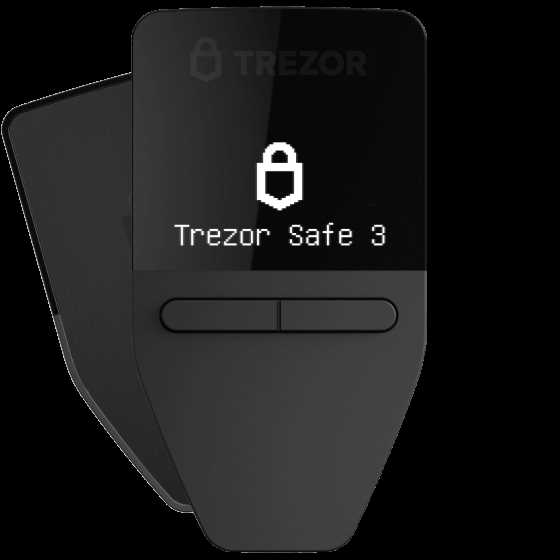
Trezor wallets, like any other hardware device, are vulnerable to supply chain attacks. These attacks involve compromising the device during the manufacturing or distribution process, allowing attackers to insert malicious components or firmware.
As Trezor wallets are produced by a third-party manufacturer, there is a risk that malicious actors could potentially tamper with the devices before they reach the end user. This presents a significant security risk, as compromised devices could be used to steal users’ cryptocurrency funds.
Limited Cryptocurrency Support
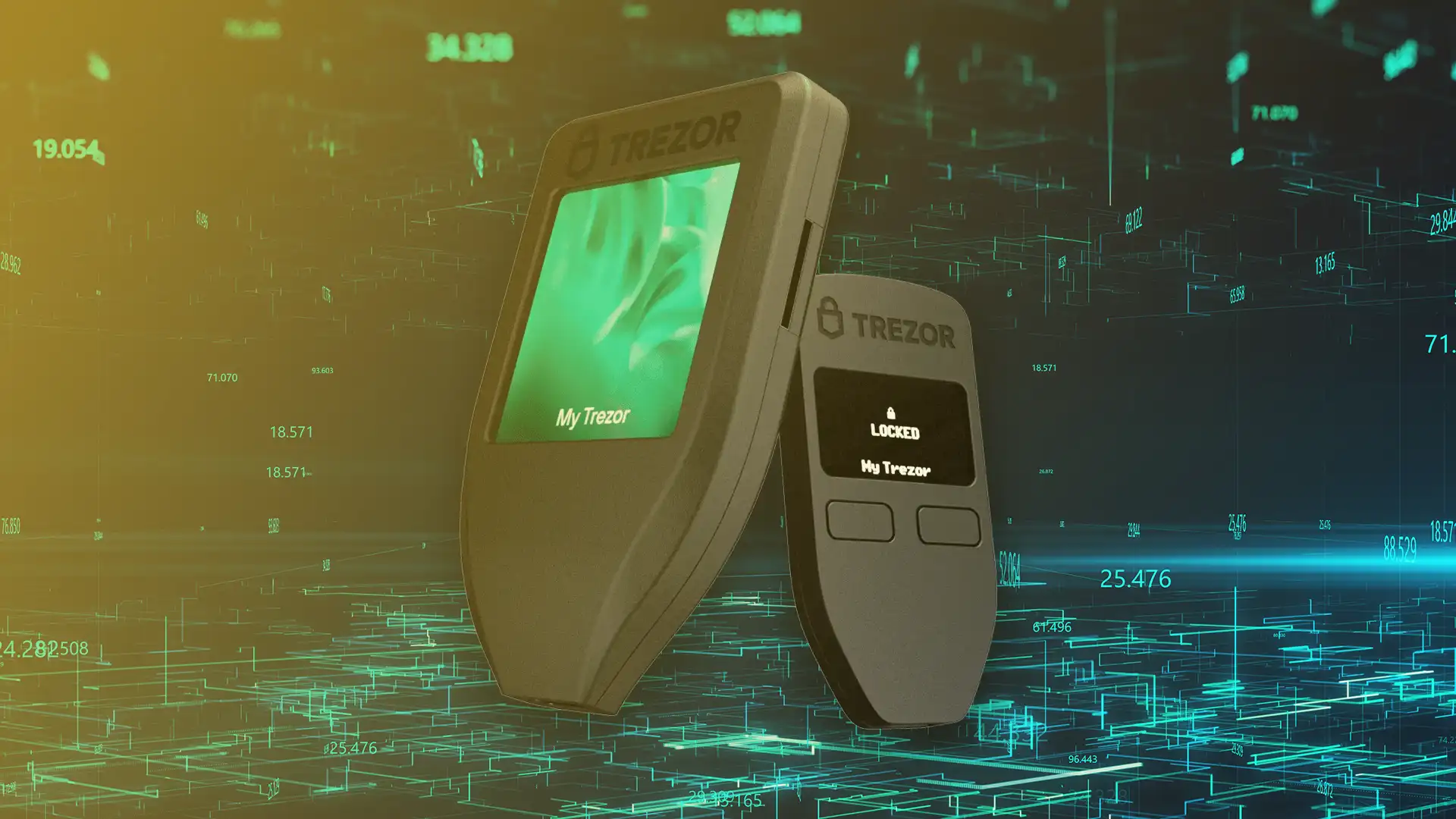
Trezor wallets have limited support for cryptocurrencies compared to some other hardware wallets. While Trezor supports popular cryptocurrencies like Bitcoin, Ethereum, and Litecoin, it may not support some of the newer or less well-known cryptocurrencies. This can be a drawback for users who hold a diverse portfolio of digital assets and want to store them all in one place.
Users who primarily hold cryptocurrencies that are not supported by Trezor may need to look for alternative solutions or use multiple wallets to secure their holdings.
User Error and Loss of Recovery Phrases
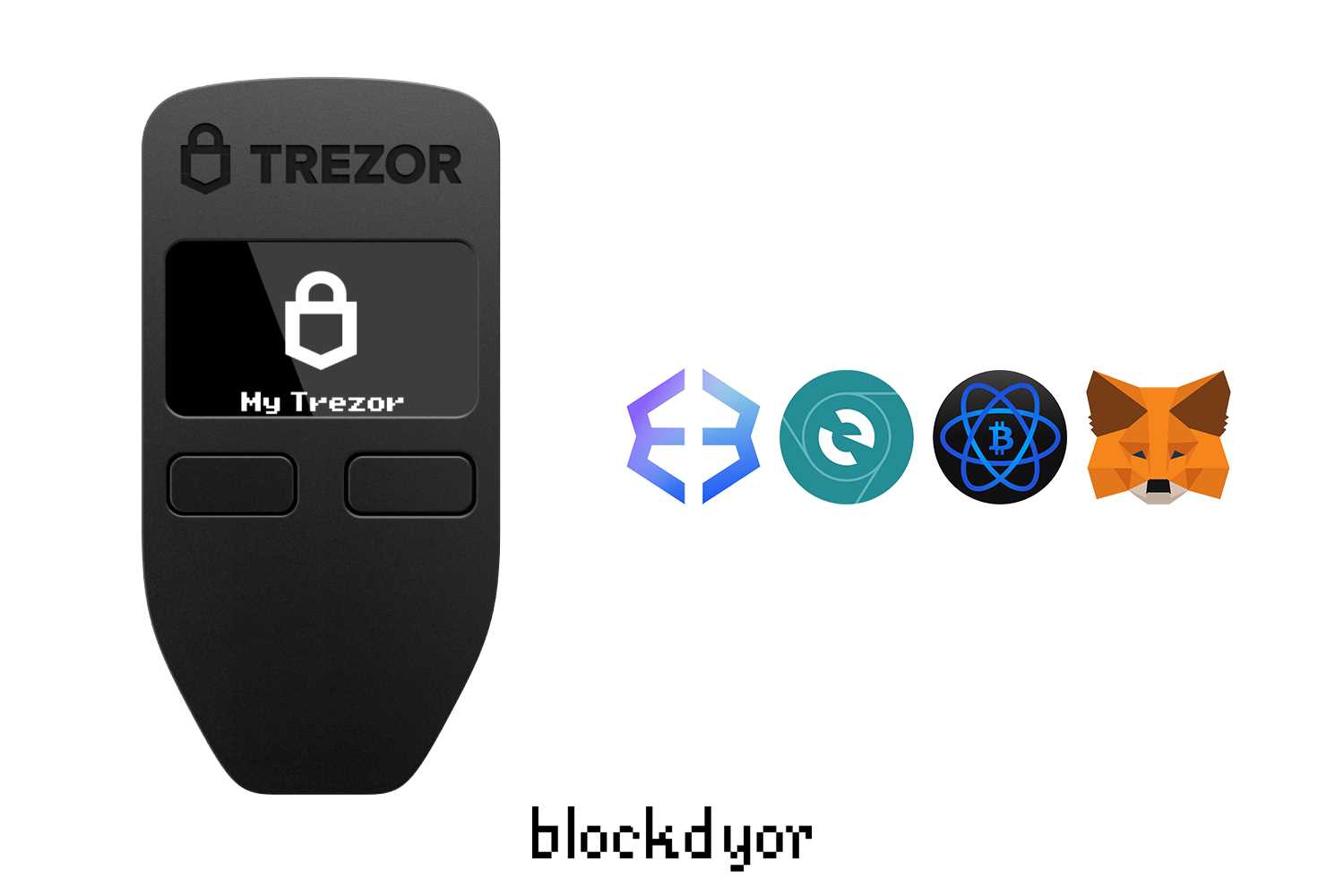
One of the biggest weaknesses of Trezor, or any hardware wallet for that matter, is the potential for user error. Users who are not familiar with how hardware wallets work may make mistakes during the setup process or when using the device, which can result in the loss of their cryptocurrency.
Additionally, if a user loses their recovery phrase (also known as a seed phrase or mnemonic phrase), they may permanently lose access to their funds. The recovery phrase is a critical piece of information that is used to restore access to a wallet in case the hardware wallet is lost, stolen, or damaged. Without the recovery phrase, it is nearly impossible to recover the funds stored on the device.
FAQ:
What are the common weaknesses of Trezor?
Common weaknesses of Trezor include the possibility of physical theft or loss of the device, potential vulnerabilities in the firmware or hardware, and the risk of phishing attacks targeting users.
Is Trezor vulnerable to hacking?
Trezor has a strong track record of security, but like any technology, it is not entirely immune to hacking. There have been instances of potential vulnerabilities being discovered and patched, highlighting the importance of staying informed about security updates.
Are there any potential risks associated with using Trezor?
While Trezor is generally considered a secure way to store cryptocurrencies, users should be aware of the risks of physical theft, loss of the device, phishing attacks, and the possibility of undiscovered vulnerabilities that could potentially be exploited by malicious actors.
How does Trezor address its weaknesses?
Trezor addresses its weaknesses by regularly updating its firmware to patch any discovered vulnerabilities, providing security best practices for users to follow, and offering customer support to help users navigate potential risks and ensure the security of their assets.
